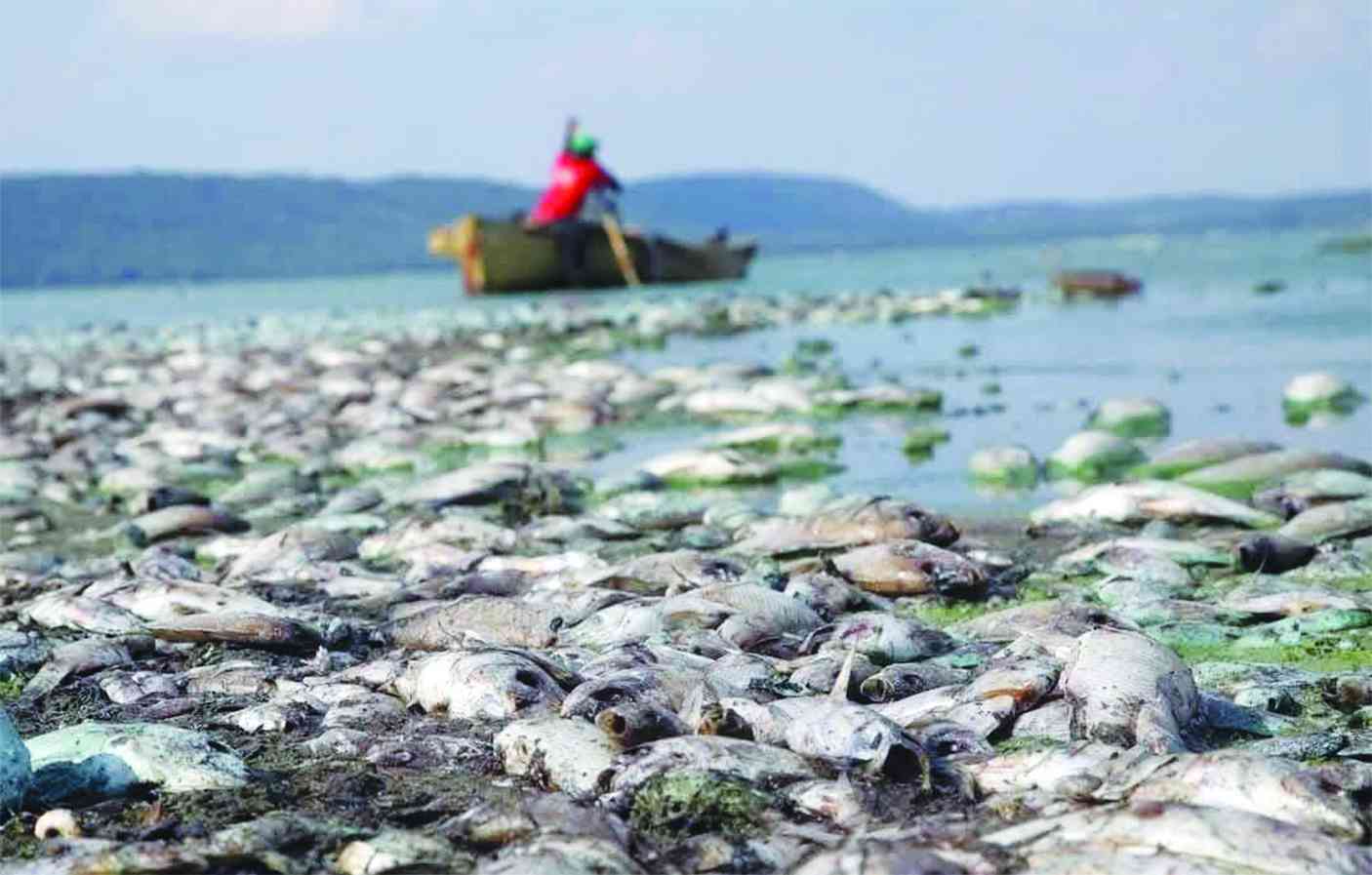
The scourge of climate change is a growing threat to the already ailing education sector in Zimbabwe amid several challenges including student financing and teacher well-being, new research results have indicated.
Despite Zimbabwe having done well in promoting access to education, recent data shows that an estimated half a million children of primary and lower secondary school age are out of class due to various reasons including the impact of climate change.
Recent research has since indicated that an estimated 250 million children and youth are out of school and 763 million adults are illiterate worldwide.
In a policy brief on the state of education in Zimbabwe unpacking the subsisting barriers to universal access to education and proffering solutions to the current education crisis, the Amalgamated Rural Teachers Union of Zimbabwe (ARTUZ) said the impact of climate change exposed many learners’ lives to risk.
“Natural disasters such as cyclones, floods and droughts leave a devastating mark. Cyclone Idai (2019) and Cyclone Freddy (2023) caused widespread damage to infrastructure, including schools,” the union said.
ARTUZ further indicated that the widespread damage disrupted the learning environment and hindered students' access to education.
“The poor infrastructure in schools is threatening the welfare of learners during periods of adverse weather conditions mostly in winter and during rainy seasons.
“Another burning issue is the tortoise pace of improving infrastructure in schools. Most schools were built during the colonial era especially in remote areas and other parts of Zimbabwe. Most schools were built by missionaries, the buildings are very old and dilapidated,” the report said.
- Schools closure fuel drug abuse
- Riding roughshod on restive workers will backfire Mr President
- Schools closure fuel drug abuse
- Riding roughshod on restive workers will backfire Mr President
Keep Reading
However, the government has since stated that it has no capacity to build more infrastructure due to shortage of land and therefore failing to mitigate the gaps left by the unavailability of learning spaces.
Learners in marginalised areas and satellite schools have been learning under trees, open spaces and in barns for years owing to lack of classrooms and supporting infrastructure.
ARTUZ further raised concern over flooding and destruction of infrastructure which increases the risk of waterborne diseases and other health hazards.
“Access to clean water, sanitation and healthcare services becomes a challenge following a cyclone. Children often miss school due to sickness such as increased rates of diarrhoea, cholera, malaria and this causes overall reduction in educational attainment, lower academic performance and higher rates of absenteeism among children who have experienced climate shocks,” it said.








